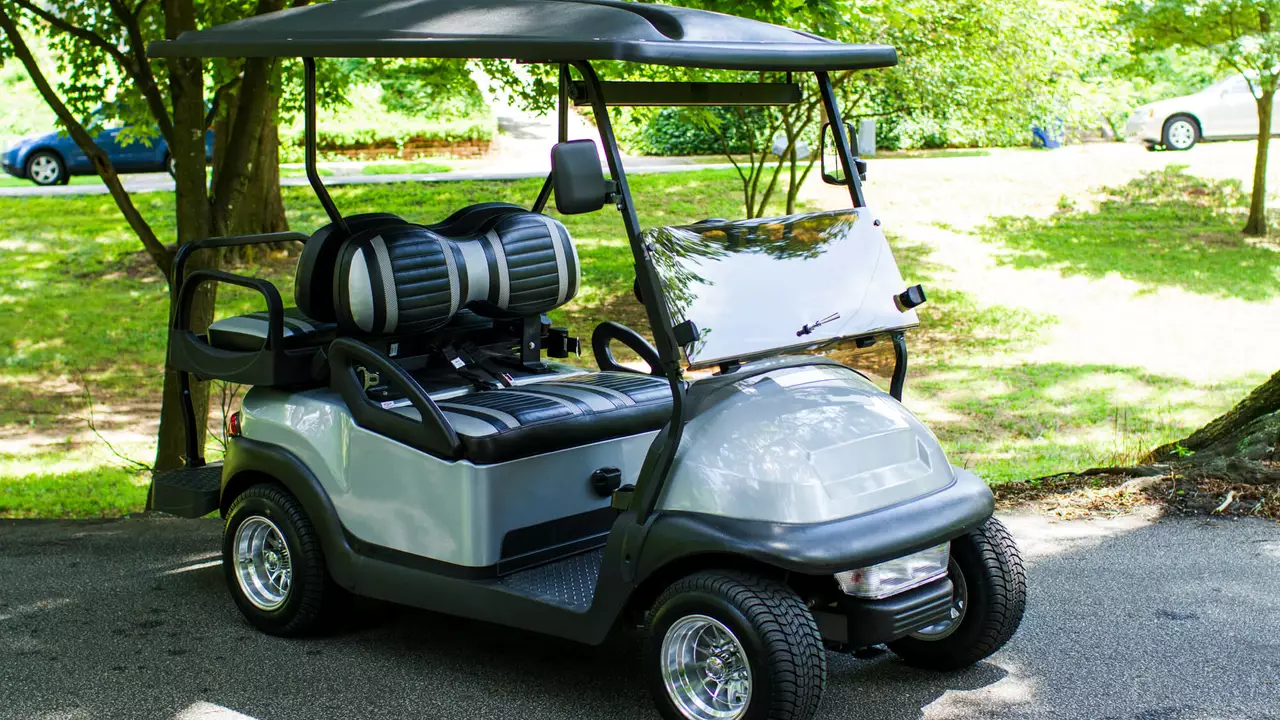Driving in Golf: Master the Tee Shot and Boost Your Distance
When talking about Driving, the act of hitting the golf ball off the tee to achieve maximum distance. Also known as the tee shot, it sets the tone for every hole and often decides your score. Driving is more than just raw power; it blends technique, equipment, and physics into a single swing.
Driver, a lofted club built for high‑speed launches is the flagship tool for any golfer who wants to crush distance. Modern drivers feature adjustable loft plates, carbon‑fiber crowns, and low‑center‑of‑gravity designs that help launch the ball faster. Driving encompasses the use of a driver, the club designed to launch the ball at high speed. When you pair the right driver with a proper setup, you gain a clear advantage on longer holes.
Clubhead speed, the velocity of the clubhead at impact is the engine behind distance. The faster the clubhead moves, the more energy transfers to the ball. Effective driving requires optimal clubhead speed, which directly affects ball distance. Most amateurs swing between 80‑90 mph, while low‑handicappers often break 100 mph. Improving this metric involves strength training, swing drills, and timing adjustments.
Launch angle, the upward trajectory of the ball as it leaves the clubface determines how high and how far the ball will travel. Too low, and the ball skims the ground; too high, and you lose roll. Launch angle influences spin and trajectory, shaping the flight path. Ideal launch angles for drivers sit around 12‑15 degrees, depending on swing speed and ball type.
Beyond gear, swing mechanics act as the bridge between speed and launch. A smooth, rotary shoulder turn, a stable lower body, and a delayed release create a powerful chain reaction. Timing the release so the clubhead squares at impact maximizes both speed and launch angle. Small adjustments—like widening your stance or tilting your spine angle—can unlock extra yards without swinging harder.
Choosing the right ball and shaft also matters. Low‑compression balls reduce spin on high‑speed swings, while a stiffer shaft helps maintain control for fast swingers. Conversely, a softer shaft can add launch for slower players. Matching ball compression to your swing speed ensures the energy you generate translates into distance, not excess spin.
Practice routines should focus on repeatable fundamentals. Start with half‑swings to lock in tempo, then gradually extend to full swings while monitoring launch monitors for speed and angle. Visual drills—like aiming at a specific landing zone—help you refine accuracy alongside distance. Consistent warm‑ups, including dynamic stretches and light swings, keep your muscles ready for peak performance.
Common mistakes include gripping too tightly, swinging too hard, or neglecting body rotation. A grip that's too strong can close the clubface, resulting in a hook, while a weak grip leads to a slice. Over‑effort often destroys the smooth sequence needed for optimal clubhead speed. Remember, quality beats quantity; a well‑timed swing trumps a brute‑force effort.
Below you’ll find a curated set of articles that dive deeper into driver selection, swing drills, equipment fitting, and real‑world tips to elevate your driving game. Whether you’re a beginner looking for the basics or a seasoned player hunting extra yards, the posts ahead cover the full spectrum of information you’ll need.

Can you drive your personal electric golf cart in key west?
Alright, folks! Let's dive into the electrifying world of driving personal electric golf carts in Key West. Can you? Absolutely, yes! Just like a flamingo on roller skates, you can zip around this tropical paradise in your very own golf cart. However, hold onto your Hawaiian shirts because there are some rules to follow. But don't worry, as long as you're 16, have a valid driver's license, and your golf cart meets street-legal requirements, you're all set to navigate Key West in the most fun way possible. So, dust off that golf cart, slap on some sunscreen, and let's roll!